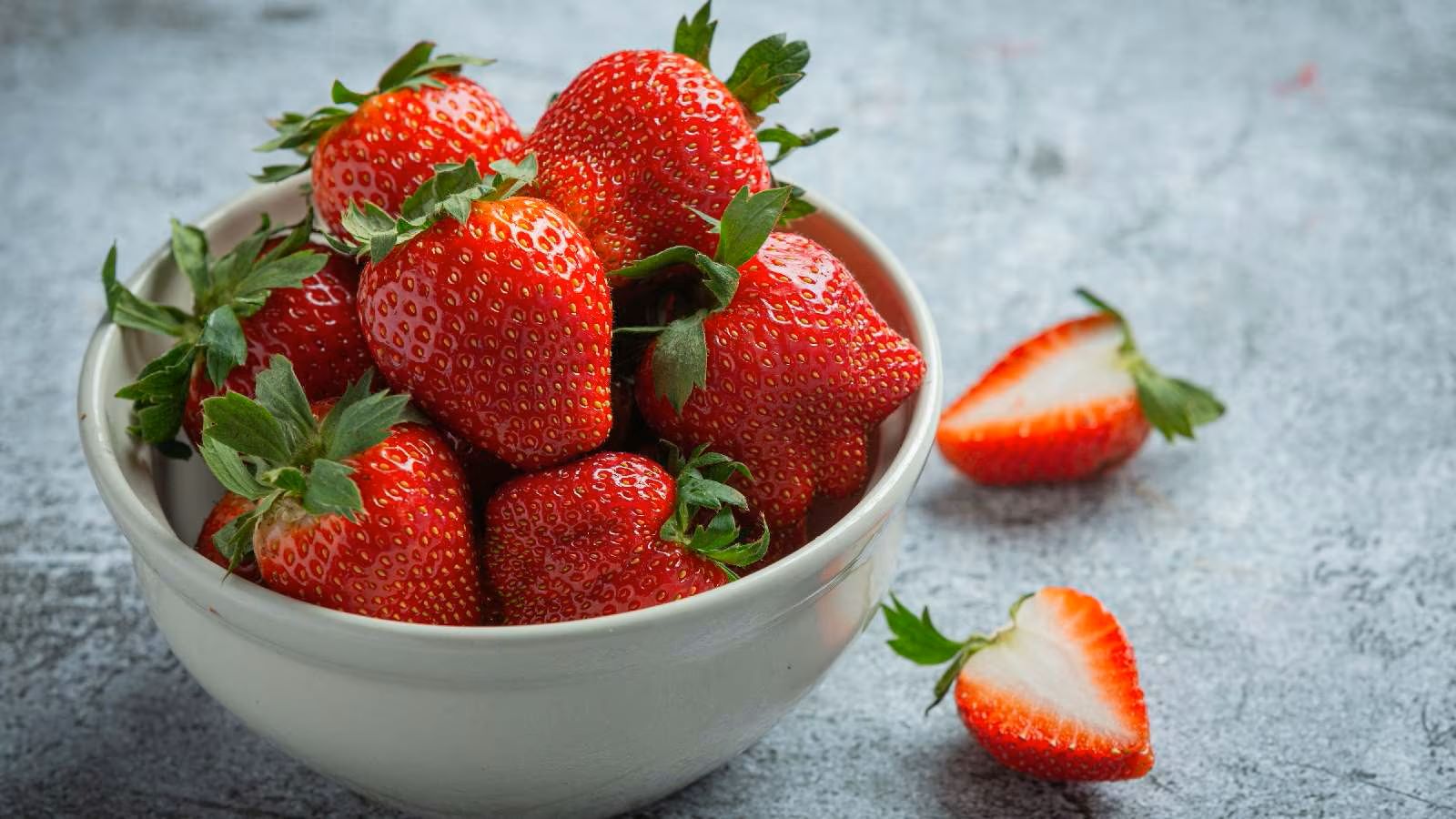

Articles
How To Store Fresh Strawberries
Modified: January 9, 2024
Learn how to store fresh strawberries and keep them fresh for longer with these helpful articles. Discover the best methods for preserving the flavor and texture of your strawberries.
(Many of the links in this article redirect to a specific reviewed product. Your purchase of these products through affiliate links helps to generate commission for Storables.com, at no extra cost. Learn more)
Introduction
Fresh strawberries are a delicious and healthy summer treat that many people look forward to enjoying. Whether they are picked from your own garden or purchased from a local farmer’s market, it’s important to know how to properly store fresh strawberries to keep them fresh and flavorful for as long as possible.
Strawberries are delicate fruits that are prone to spoilage, so it’s crucial to handle and store them correctly. In this article, we will guide you through the process of choosing the right strawberries and preparing them for storage. We will also discuss different methods for storing strawberries, such as refrigeration, freezing, preserving in syrup, and dehydrating.
By following these tips and techniques, you can extend the shelf life of your fresh strawberries and enjoy their sweet and juicy flavors even after the peak season.
Key Takeaways:
- Choose vibrant, firm strawberries and store them in the refrigerator in shallow containers lined with paper towels to maintain their freshness and enjoy their sweet flavors for up to a week.
- Extend the shelf life of fresh strawberries by freezing, preserving in syrup, or dehydrating them. Follow proper preparation and storage techniques to savor the delightful essence of this beloved summer fruit year-round.
Choosing the Right Strawberries
When it comes to storing fresh strawberries, selecting the right ones is the first step. Look for strawberries that are bright red in color, firm to the touch, and free from any mushy or moldy spots. Their stems should be green and intact, indicating that the berries are fresh.
Size is not an indication of quality when it comes to strawberries. Both large and small strawberries can be equally delicious. However, avoid strawberries that are overly large or misshapen, as they may have a watery or less flavorful taste.
It’s also important to consider the source of your strawberries. If possible, choose locally grown strawberries for the best flavor and freshness. Local strawberries are often picked at their peak ripeness and have a shorter transportation time, maintaining their quality.
If you’re unable to find locally grown strawberries, opt for organic varieties. Conventionally grown strawberries are often exposed to pesticides, which can affect their taste and quality. Organic strawberries are grown without the use of synthetic chemicals, making them a healthier and more environmentally-friendly choice.
When purchasing strawberries, be mindful of the quantity you buy. It’s better to buy smaller amounts more frequently to ensure freshness. Strawberries are highly perishable and can start to spoil quickly, especially in warm temperatures.
Overall, choosing the right strawberries involves selecting berries that are vibrant in color, firm in texture, and free from any signs of damage or decay. By starting with high-quality strawberries, you set yourself up for successful storage and enjoyable eating.
Preparing Strawberries for Storage
Before storing fresh strawberries, it’s important to properly prepare them to maximize their shelf life. Follow these steps to ensure your strawberries stay fresh and delicious:
- Rinse Gently: Start by rinsing the strawberries under cold running water to remove any dirt or debris. Be gentle and avoid soaking the berries, as excessive water exposure can cause them to become mushy.
- Remove Stem and Leaves: After rinsing, gently remove the stems and leaves from each strawberry using a sharp knife or your fingers. This step helps to prevent moisture accumulation and fungal growth.
- Dry Thoroughly: Pat the strawberries dry with a clean kitchen towel or paper towels. Make sure they are completely dry before moving on to the next step.
- Sort and Discard: Inspect the strawberries carefully and discard any berries that show signs of mold, rot, or damage. It’s crucial to remove any spoiled strawberries, as they can accelerate the deterioration of the rest of the batch.
By following these simple preparation steps, you ensure that the strawberries are clean, dry, and free from any potential sources of spoilage. This sets the stage for successful storage and prolongs the berries’ freshness.
Storing Strawberries in the Refrigerator
The refrigerator is the ideal place to store fresh strawberries, as it helps to slow down the ripening process and preserve their freshness. Here are the steps to store strawberries in the refrigerator:
- Choose a Container: Place the prepared strawberries in a clean, dry container. Opt for a shallow container or a colander, as they allow for better airflow and help prevent moisture buildup.
- Line with Paper Towels: Before placing the strawberries in the container, line the bottom with a layer of paper towels. This helps to absorb excess moisture and keeps the strawberries from becoming mushy.
- Arrange in a Single Layer: Arrange the strawberries in a single layer in the container. Avoid stacking or overcrowding them, as this can cause bruising and spoilage.
- Cover and Refrigerate: Once the strawberries are arranged, cover the container with a lid or wrap it tightly with plastic wrap. This creates a barrier and helps maintain the strawberries’ freshness.
- Store in the Coldest Part: Place the container of strawberries in the coldest part of the refrigerator, typically the back of the main compartment. Avoid placing them near the cooling vents or in the crisper drawer, as the temperature variations can affect their quality.
When stored properly in the refrigerator, fresh strawberries can stay fresh for up to a week. However, it’s best to consume them as soon as possible to enjoy their optimal flavor and texture.
Remember to check the strawberries regularly and remove any spoiled berries to prevent them from contaminating others. If you notice any moldy or mushy strawberries, discard them immediately.
By following these guidelines for refrigerating strawberries, you can extend their shelf life and enjoy their juicy sweetness for an extended period.
Freezing Strawberries
If you have an abundance of fresh strawberries and want to enjoy their sweetness even after the harvest season, freezing is a great option. Freezing strawberries preserves their flavor and allows you to enjoy them in smoothies, desserts, or as a tasty snack. Here’s how you can freeze strawberries:
- Wash and Dry: Start by washing the strawberries under cold running water. Gently pat them dry with a clean kitchen towel or paper towels to remove any excess moisture.
- Hull the Strawberries: Hulling involves removing the green stem and leaves from the strawberries. Use a sharp knife or a strawberry huller to carefully remove the stem and create a hollow in the fruit.
- Slice or Leave Whole: Decide whether you want to freeze the strawberries whole or in slices. Sliced strawberries are great for adding to smoothies or desserts, while whole strawberries are more versatile.
- Arrange on a Baking Sheet: Lay the hulled and sliced strawberries in a single layer on a baking sheet lined with parchment paper. Make sure they are not touching each other.
- Flash-Freeze: Place the baking sheet with the strawberries in the freezer and leave them for 1-2 hours or until they are firm. This process, known as flash-freezing, prevents the strawberries from sticking together and allows them to freeze individually.
- Transfer to Containers: Once the strawberries are firm, transfer them to airtight freezer bags or containers. Squeeze out any excess air from the bags and seal them tightly.
- Label and Freeze: Label the freezer bags with the date and contents, and place them in the freezer. Strawberries can be stored in the freezer for up to 6-8 months.
When using frozen strawberries, you can thaw them in the refrigerator overnight or use them directly in frozen form, depending on the recipe. Keep in mind that frozen strawberries may become slightly softer after thawing, but their flavor and nutritional value remain intact.
By freezing strawberries, you can enjoy their deliciousness throughout the year and make the most of the strawberry season.
Store fresh strawberries in the refrigerator, unwashed, in a single layer on a paper towel-lined container to prevent moisture buildup. Wash them just before eating to prolong their shelf life.
Read more: How To Store Fresh Picked Strawberries
Preserving Strawberries in Syrup
Preserving strawberries in syrup is a wonderful way to enjoy their sweetness long after the peak season has ended. The syrup helps to maintain the texture and flavor of the strawberries while also adding a touch of sweetness. Here’s how you can preserve strawberries in syrup:
- Prepare the Strawberries: Start by washing the strawberries under cold running water. Gently pat them dry, remove the stems, and slice them if desired.
- Create the Syrup: In a saucepan, combine equal parts water and sugar. For a light syrup, use 1 cup of water for every 1 cup of sugar. For a heavier syrup, use 2 cups of sugar per 1 cup of water. Heat the mixture over medium heat, stirring occasionally, until the sugar has completely dissolved.
- Add Flavorings (Optional): To enhance the flavor, you can add a splash of lemon juice, a vanilla bean, or a sprinkle of cinnamon to the syrup. Experiment with different flavor combinations to create your own signature syrup.
- Pack the Strawberries: Place the prepared strawberries into sterilized glass jars, leaving a little bit of space at the top for the syrup. Pack them tightly, but be careful not to crush the berries.
- Pour the Syrup: Carefully pour the hot syrup into the jars until the strawberries are completely covered. Use a canning funnel to avoid any spills or messes.
- Remove Air Bubbles: Gently tap the jars on a flat surface to remove any air bubbles trapped between the strawberries. You can also use a sterilized knife or a bubble remover tool to release any air pockets.
- Seal and Process: Wipe the rims of the jars clean and secure the lids tightly. Depending on the syrup’s acidity and sugar content, you may need to process the jars in a water bath canner for additional preservation. Consult a reliable canning guide for specific processing times based on your location and elevation.
- Cool and Store: Allow the jars to cool at room temperature for several hours. Once cooled, check that the lids are sealed and refrigerate any jars that did not seal properly. Properly sealed jars can be stored in a cool, dark place for up to a year.
Preserved strawberries in syrup can be enjoyed as a topping for ice cream, yogurt, pancakes, or as a delicious filling for pies and pastries. The syrup can also be used in cocktails, beverages, or drizzled over desserts for an extra burst of flavor.
Preserving strawberries in syrup not only extends their shelf life but also captures the essence of summer for you to savor throughout the year.
Dehydrating Strawberries
Dehydrating strawberries is a great way to create a shelf-stable snack that can be enjoyed anytime. Dehydrated strawberries have a concentrated sweetness and a chewy texture, making them perfect for snacking, adding to trail mixes, or using in baked goods. Here’s how you can dehydrate strawberries:
- Prepare the Strawberries: Wash the strawberries under cold running water and pat them dry. Remove the stems and slice the strawberries into uniform pieces. Aim for slices that are about ⅛ to ¼ inch thick.
- Pre-Treat the Strawberries (Optional): To preserve the color and flavor of the strawberries, you can pre-treat them by dipping them in a solution of lemon juice and water. Mix 1 tablespoon of lemon juice with 1 cup of water, and soak the strawberry slices for 3-5 minutes. This step helps to prevent browning.
- Arrange on Dehydrator Trays: Place the strawberry slices in a single layer on the dehydrator trays. Make sure they are not overlapping to ensure even airflow and drying.
- Dehydrate at Low Heat: Set the dehydrator to a low temperature, around 135°F (57°C). Dehydrate the strawberries for 6 to 8 hours, or until they are completely dry and slightly leathery. The drying time can vary depending on the thickness of the slices and the moisture content of the strawberries.
- Cool and Store: Once the strawberries are fully dehydrated, let them cool completely before storing. This helps to prevent condensation, which can lead to moisture and spoilage. Store the dehydrated strawberries in airtight containers or resealable bags in a cool, dry place.
Dehydrated strawberries can be enjoyed as a standalone snack or used as a flavorful addition to cereals, granola, yogurt, or baked goods like muffins and cookies. You can also rehydrate them by soaking them in water or using them in recipes that call for dried fruits.
It’s important to note that while dehydrated strawberries have a longer shelf life compared to fresh strawberries, their quality may degrade over time. It’s best to consume them within a few months for optimal taste and texture.
By dehydrating strawberries, you can create a versatile and delicious snack that can be enjoyed throughout the year. Stock up on dehydrated strawberries to satisfy your sweet tooth anytime, anywhere.
Tips for Storing Fresh Strawberries
Proper storage is crucial for keeping fresh strawberries at their peak flavor and quality. Here are some helpful tips to ensure your strawberries stay fresh for as long as possible:
- Handle with Care: Strawberries are delicate fruits, so handle them gently to avoid bruising and damage. Avoid squeezing or pressing on the berries, as this can cause them to become mushy or spoil faster.
- Store in the Refrigerator: The refrigerator is the best place to store fresh strawberries. Keep them in a shallow container or a colander, lined with paper towels to absorb excess moisture. Avoid storing the strawberries in airtight containers without airflow, as it can lead to moisture buildup and spoilage.
- Wash Just Before Use: It’s best to wash strawberries just before you plan to eat or use them. Excessive moisture can cause strawberries to become mushy, so it’s important to keep them dry until they are ready to be consumed.
- Remove Spoiled Berries: Check your strawberries regularly for any signs of spoilage, such as mold or mushiness. Remove any spoiled berries immediately to prevent them from spreading and affecting the rest of the batch.
- Keep the Stems Intact: It’s recommended to keep the stems on the strawberries until you’re ready to use them. Removing the stems prior to storage can cause the strawberries to lose moisture more quickly and deteriorate faster.
- Avoid Direct Sunlight: Keep your strawberries away from direct sunlight, as it can cause them to spoil faster. Store them in a cool, dark place, such as the refrigerator’s main compartment, to maintain their freshness.
- Don’t Wash in Advance: Washing strawberries in advance can make them more prone to moisture retention and mold growth. Wait until you’re ready to consume or use them before washing under cool running water.
- Consider Freezing: If you have an excess of fresh strawberries, consider freezing them for longer storage. Follow the proper steps for freezing strawberries to preserve their flavor and quality.
By following these tips, you can extend the shelf life of your fresh strawberries and enjoy their luscious flavor and juiciness for a longer period. Make the most of this delightful fruit by storing it properly and savoring every bite.
Conclusion
Storing fresh strawberries properly is essential to maintain their flavor, texture, and nutritional value. By following the tips and techniques outlined in this article, you can extend the shelf life of your strawberries and enjoy their deliciousness even after the peak season.
Choosing the right strawberries, preparing them for storage, and utilizing different storage methods such as refrigeration, freezing, preserving in syrup, or dehydrating can help preserve the freshness and sweetness of strawberries for an extended period.
When selecting strawberries, opt for vibrant, firm berries that are free from any signs of spoilage. Prepare them by gently rinsing, removing the stems, and patting them dry. From there, storing them in the refrigerator in shallow containers lined with paper towels helps to maintain their freshness.
If you have an abundance of strawberries, consider freezing them to enjoy their sweet flavors all year round. Preserving them in syrup or dehydrating them are also great ways to retain their deliciousness for longer periods. Experiment with different preservation methods to find the one that suits your taste and preferences.
Remember to check your strawberries regularly for any signs of spoilage, and remove any spoiled berries promptly to prevent contamination.
By following these guidelines and tips, you can enhance the storage life of fresh strawberries and enjoy their juicy sweetness long after the harvest season has ended.
So, whether you’re picking strawberries from your garden or purchasing them from a local market, use the knowledge and techniques shared in this article to store your strawberries properly and extend their shelf life. With the right storage methods, you can relish the flavor of fresh strawberries even when they are out of season.
Enjoy the vibrant taste of strawberries throughout the year by implementing these storage tips and techniques, and savor the delightful essence of this beloved summer fruit whenever you desire.
Frequently Asked Questions about How To Store Fresh Strawberries
Was this page helpful?
At Storables.com, we guarantee accurate and reliable information. Our content, validated by Expert Board Contributors, is crafted following stringent Editorial Policies. We're committed to providing you with well-researched, expert-backed insights for all your informational needs.
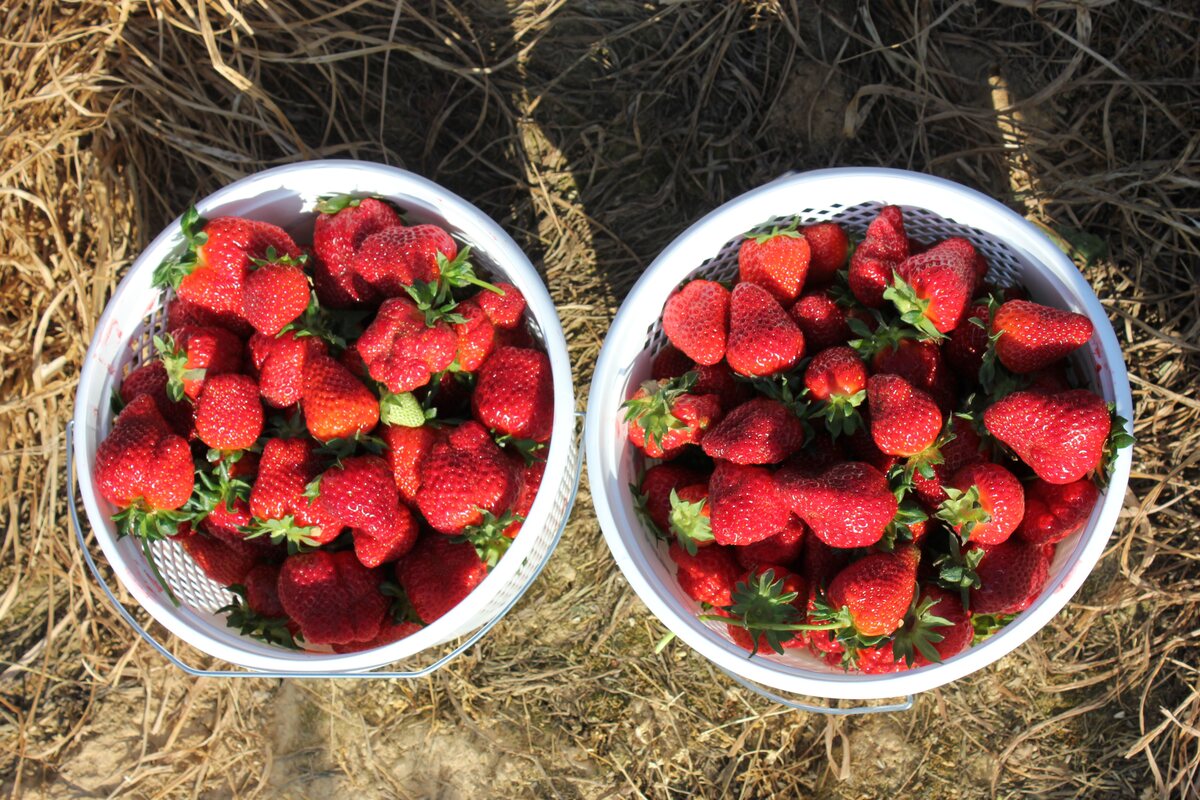
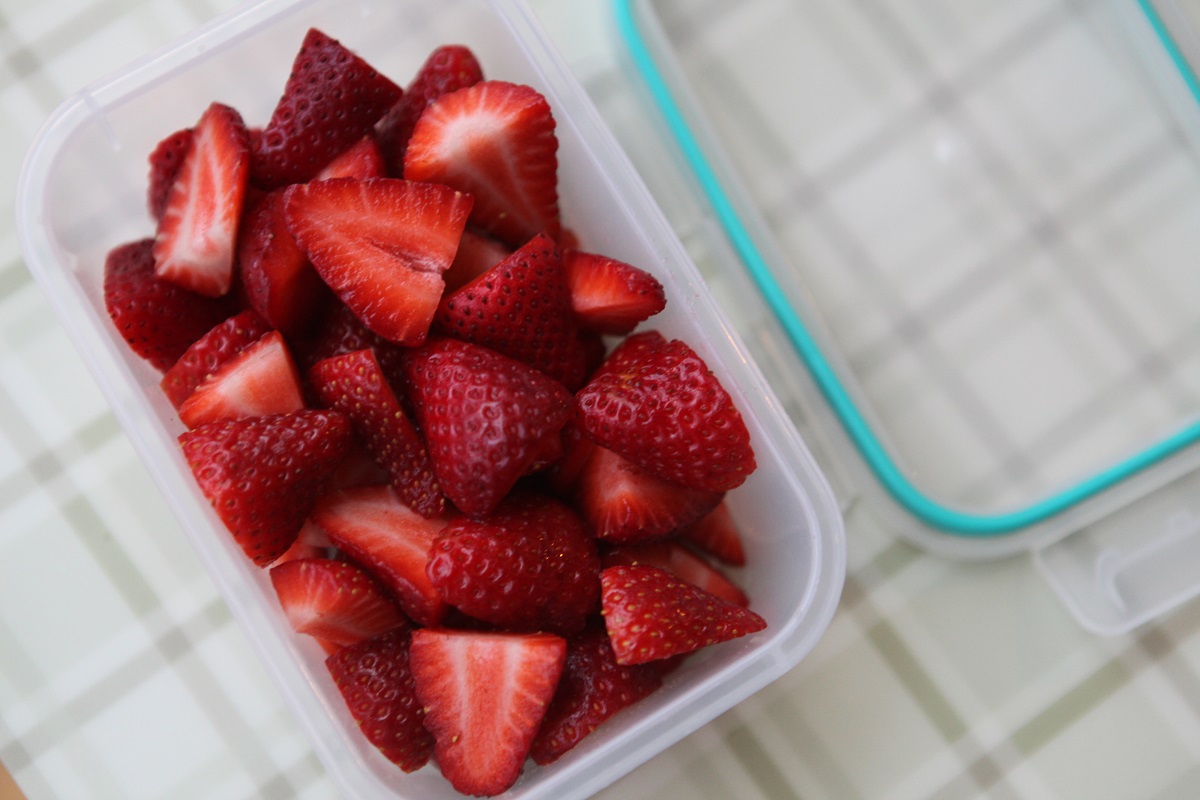
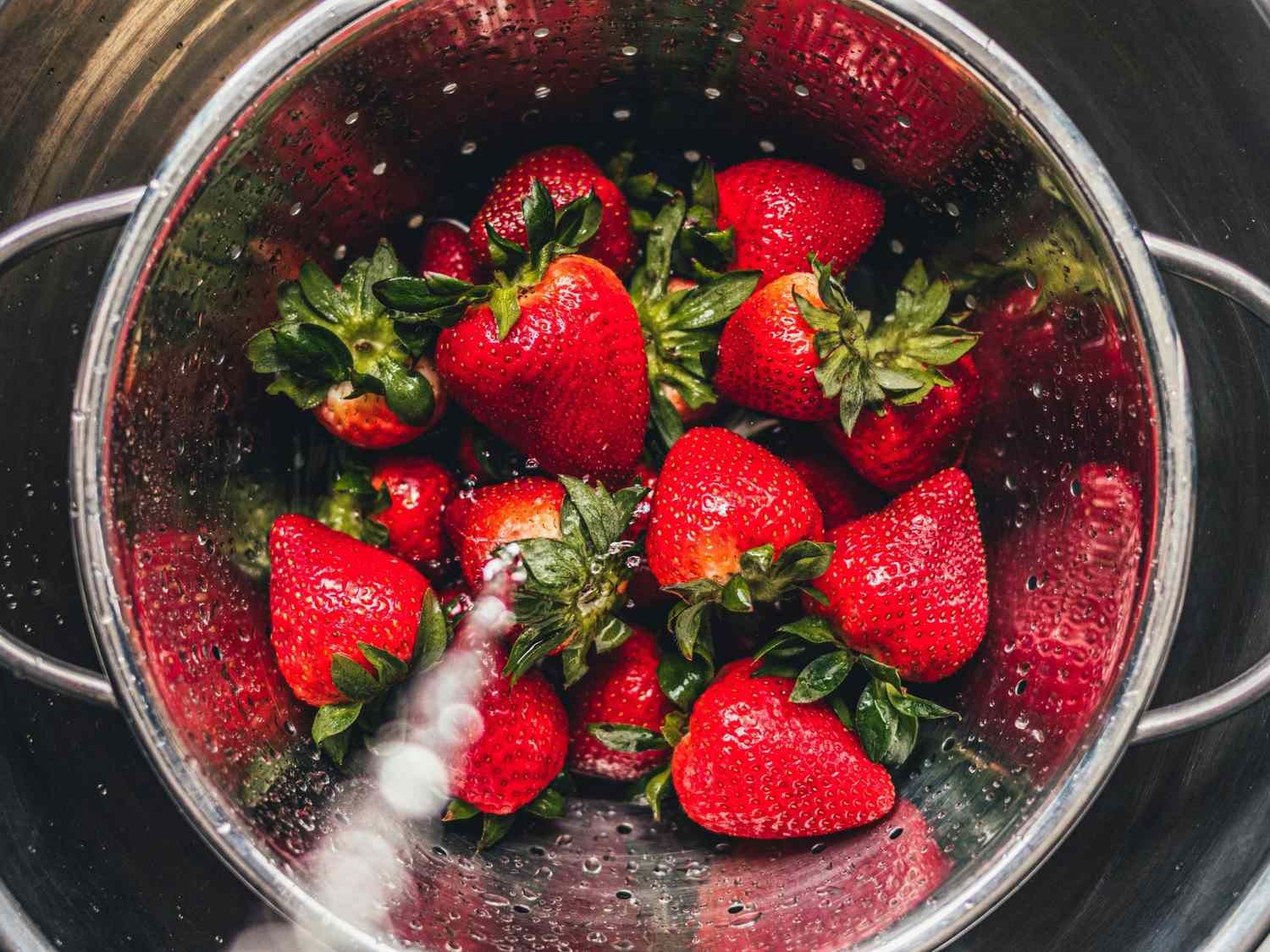

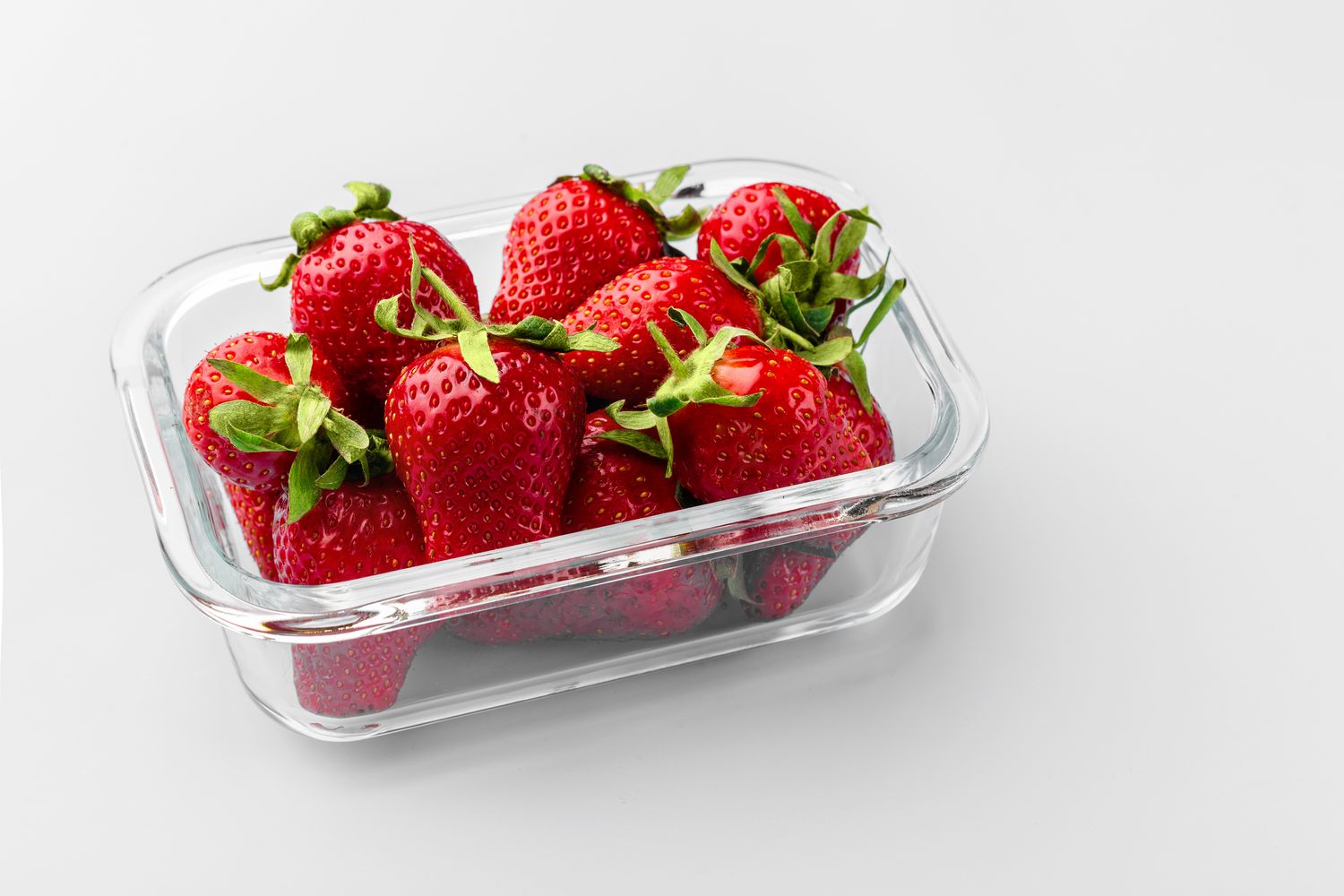
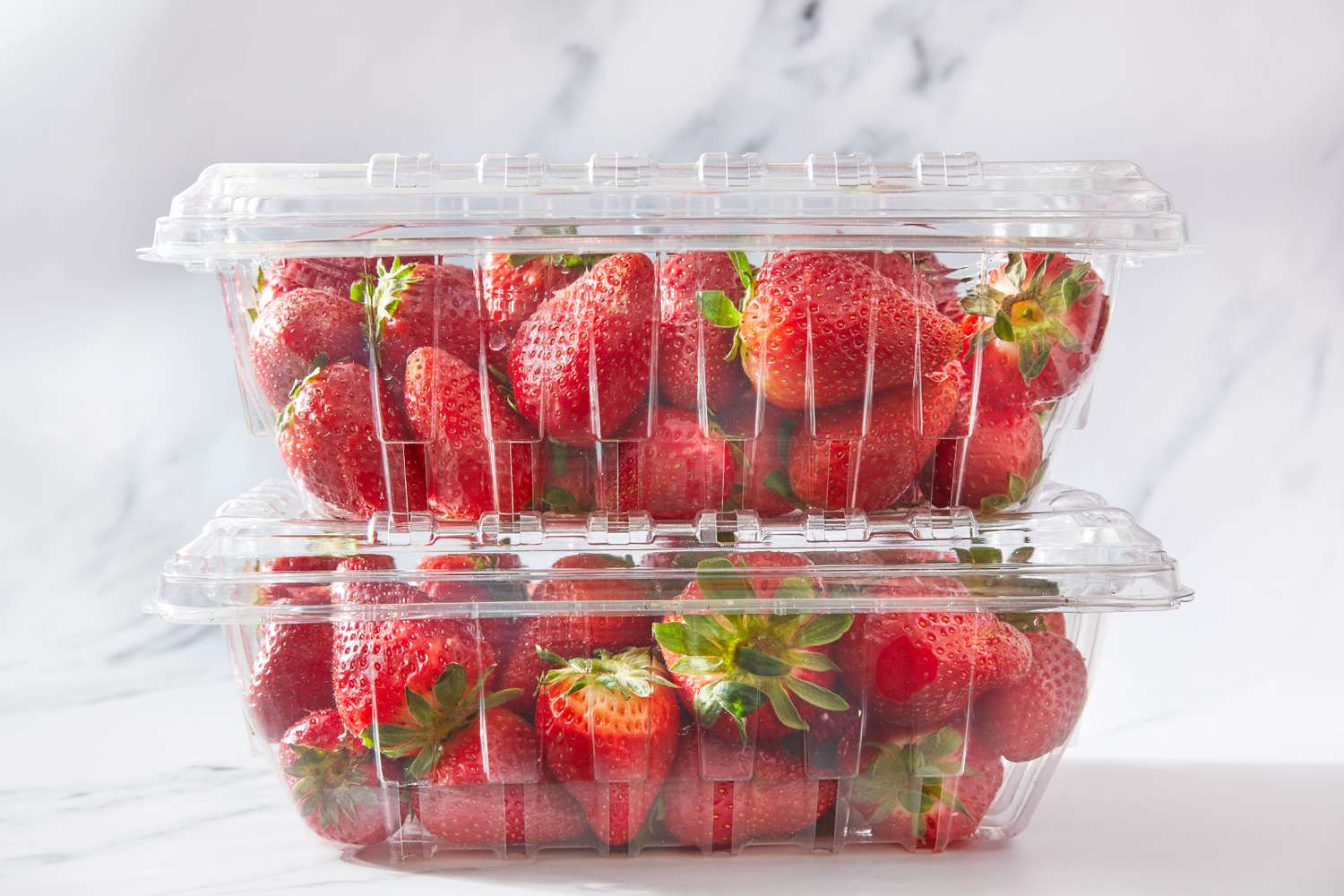
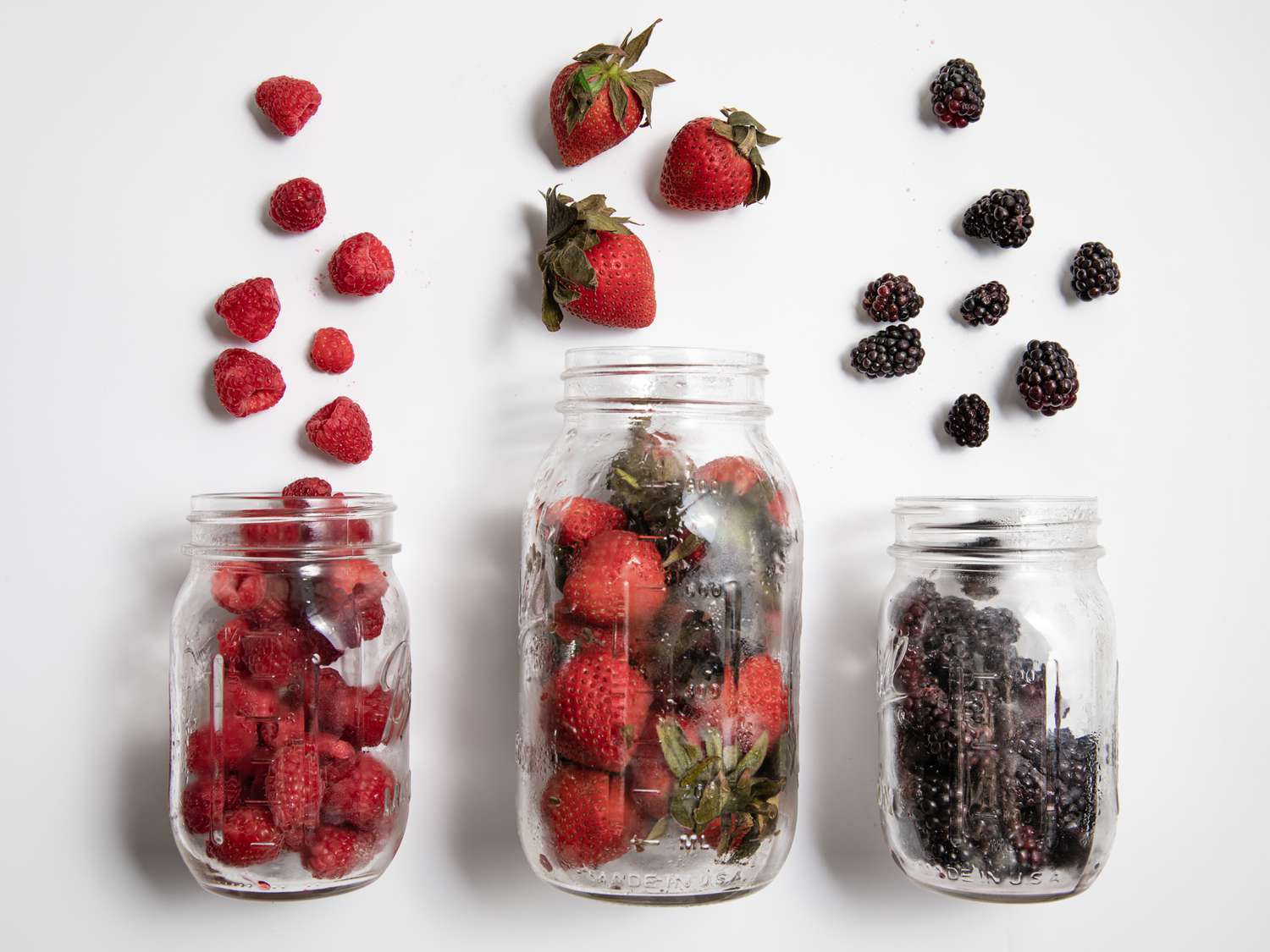
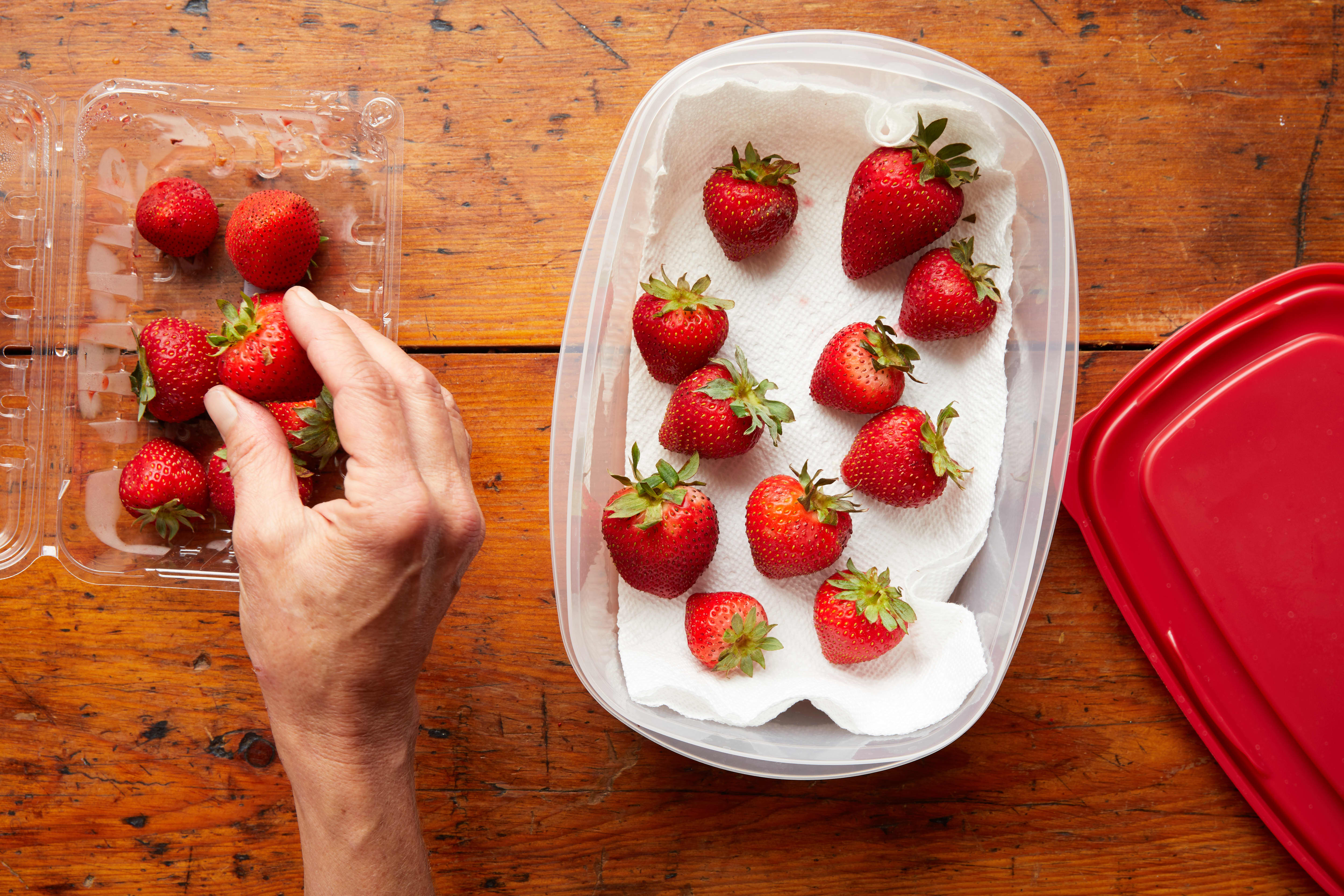
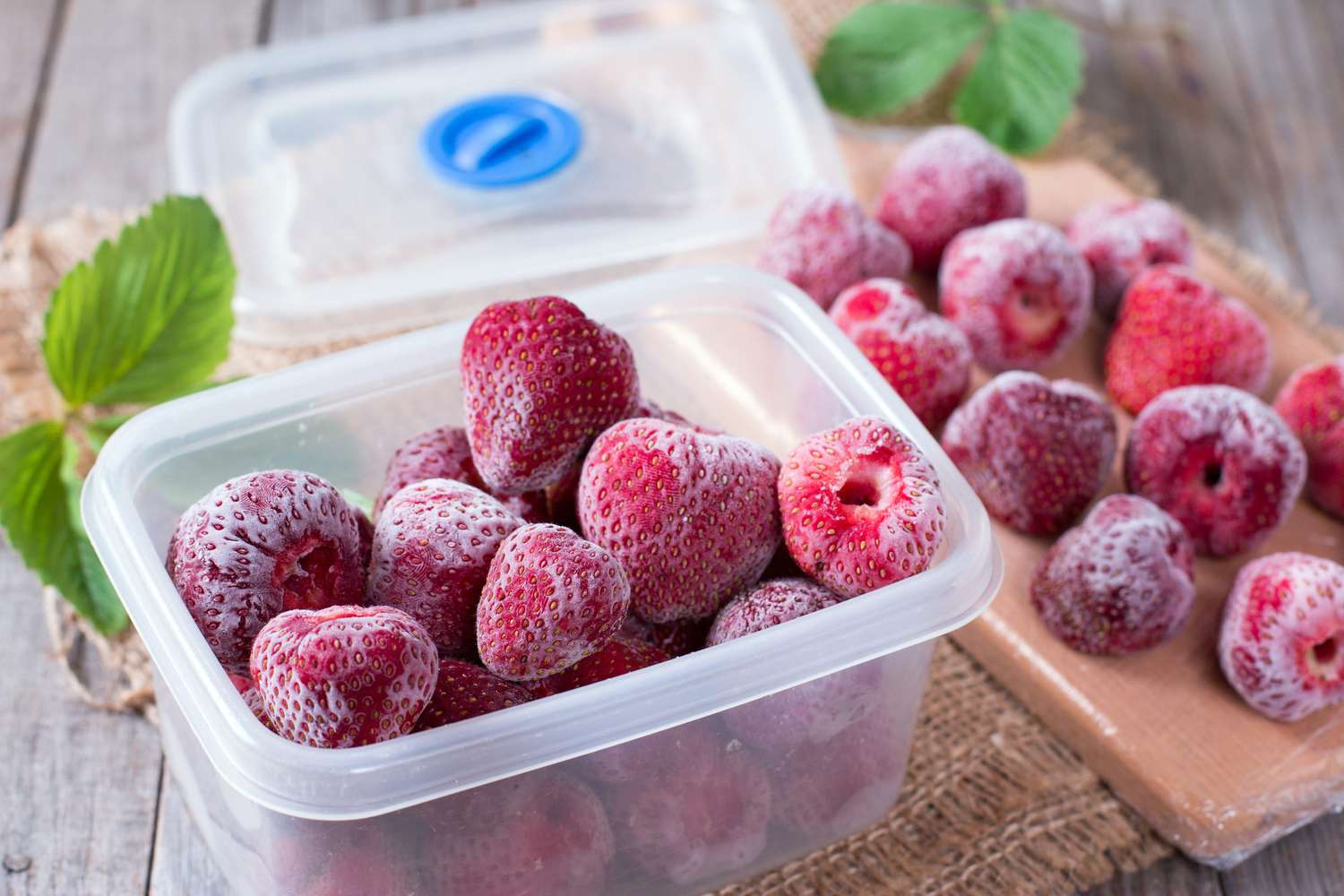
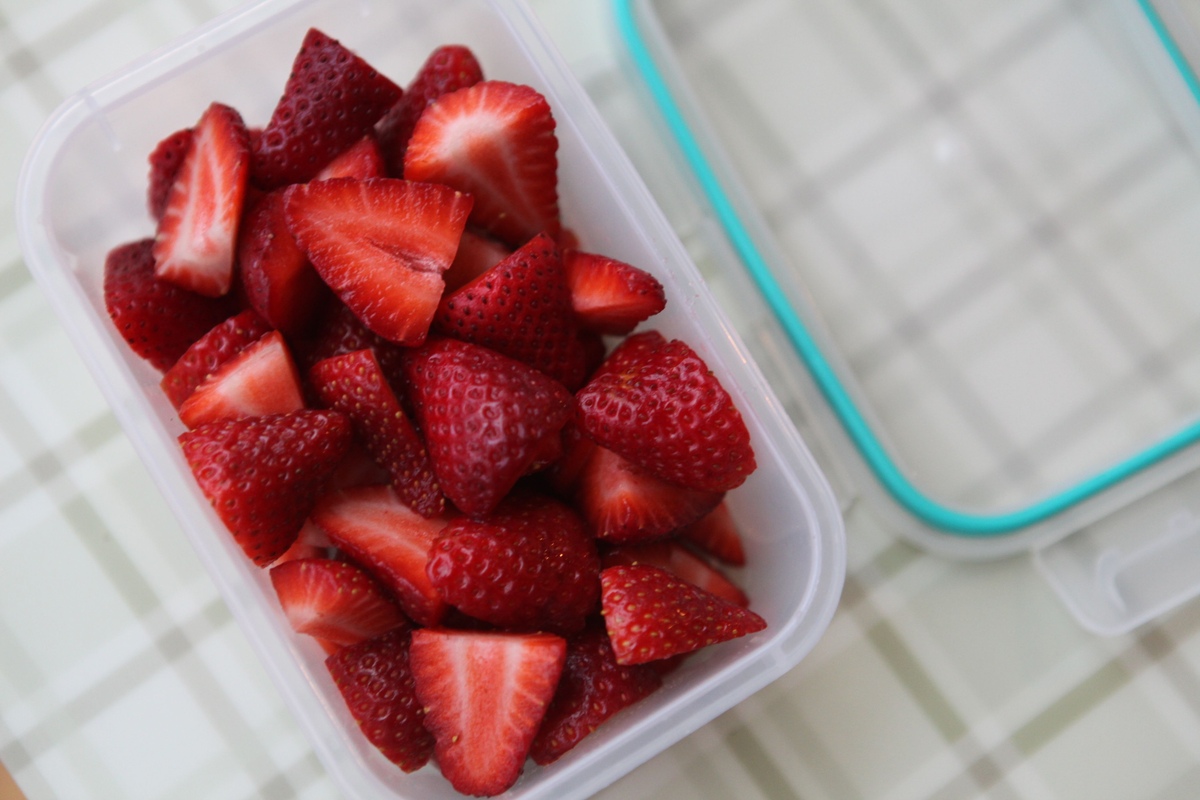
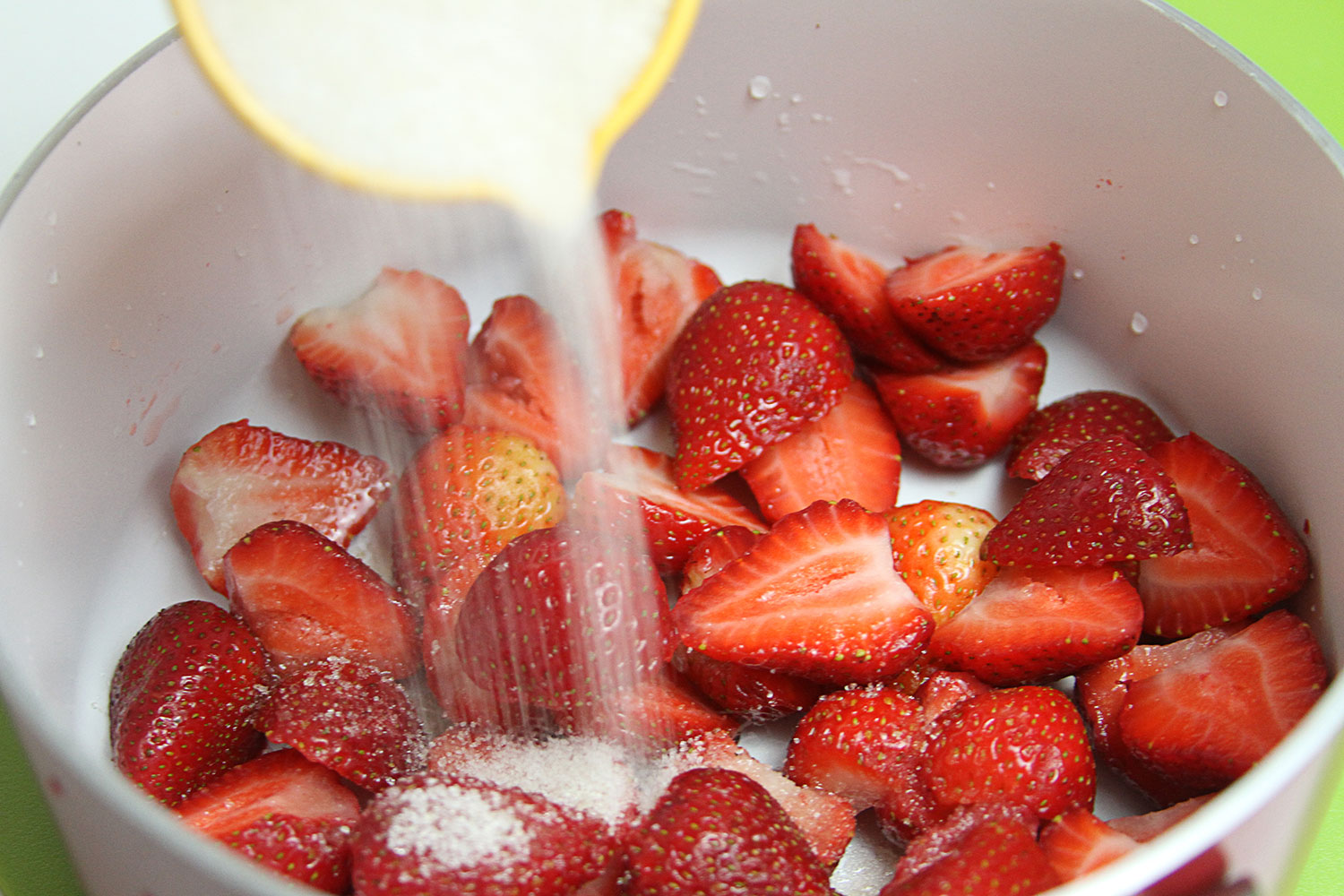
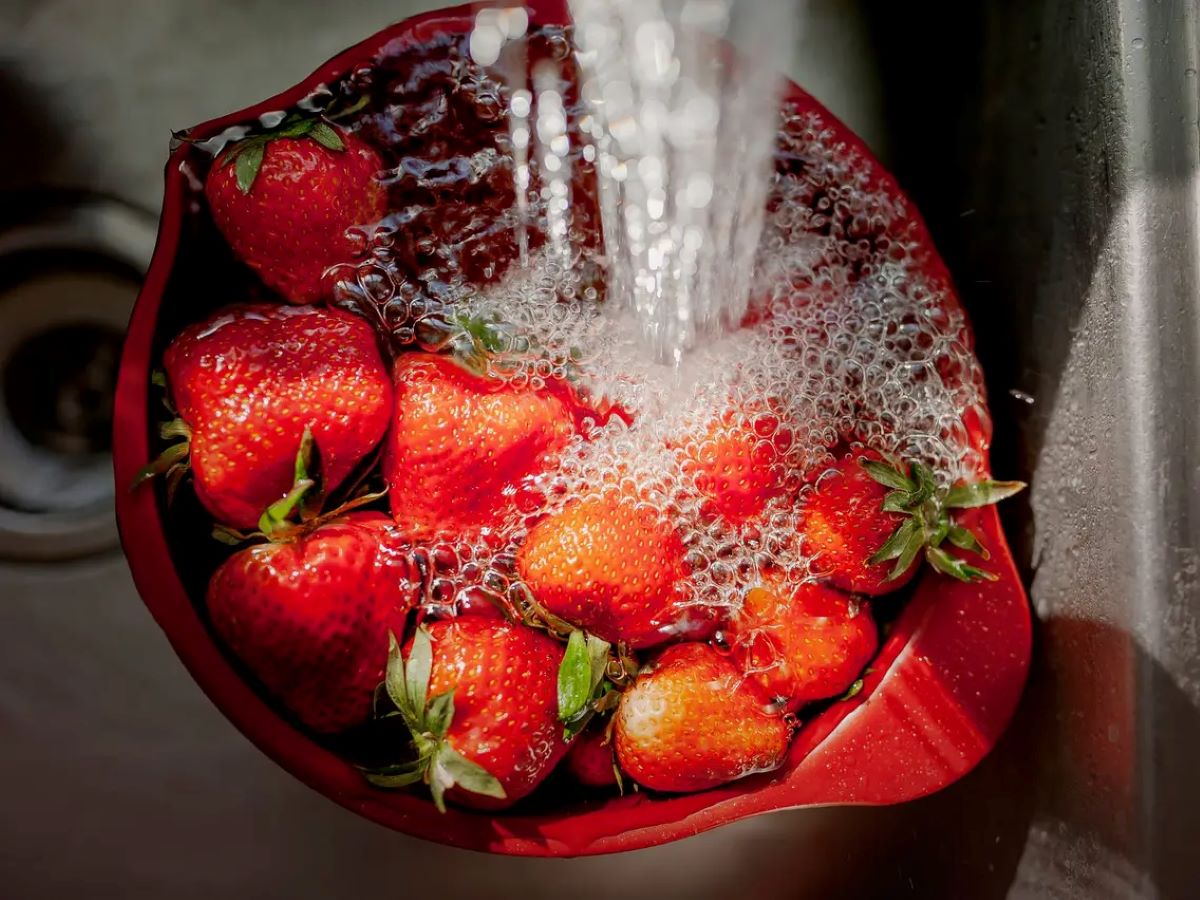
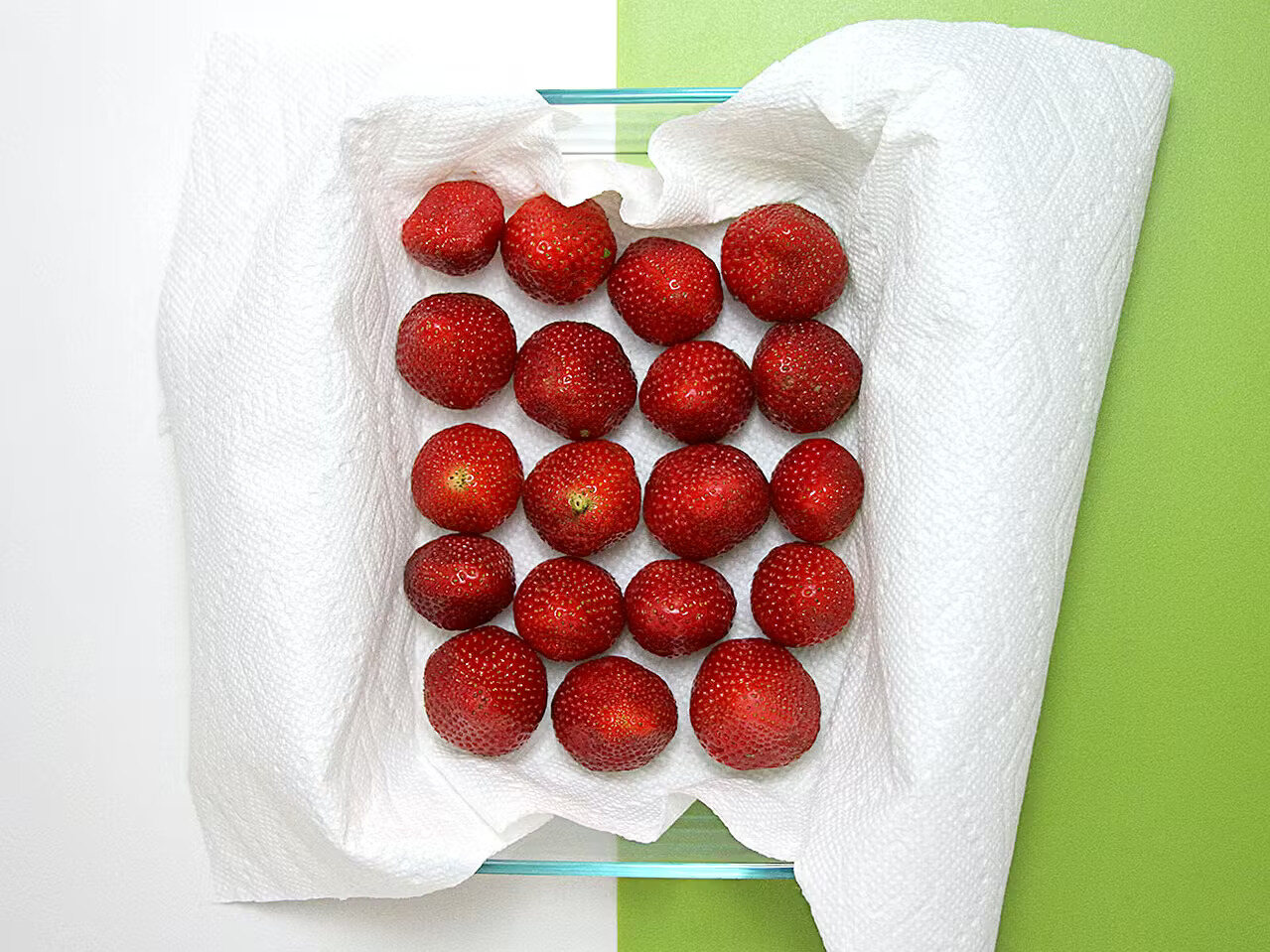


0 thoughts on “How To Store Fresh Strawberries”